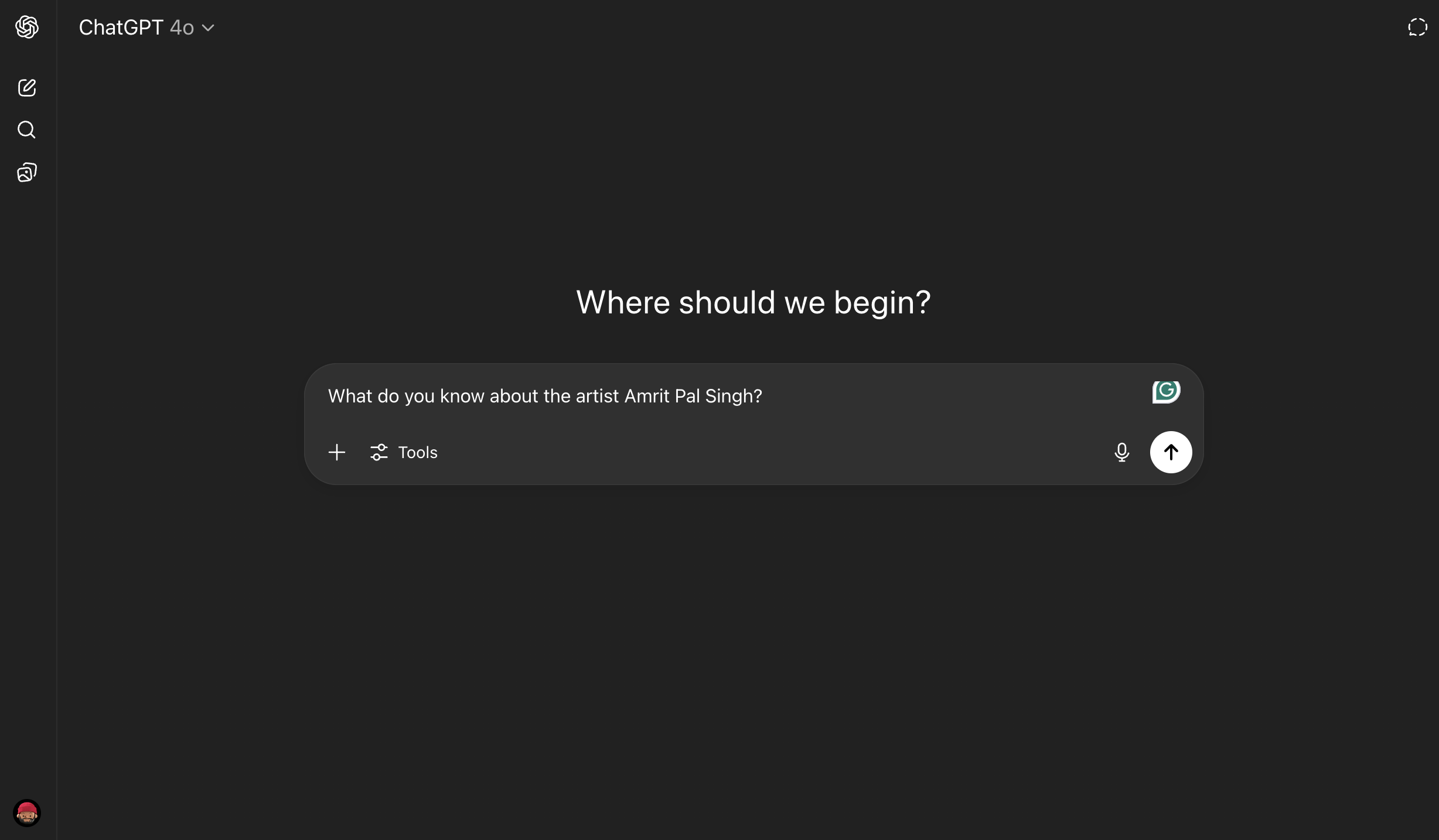How Artists Can Improve Their Visibility with AI SEO
As search engines become more advanced, the way people find creative work online is changing. Instead of just listing links, many search platforms now generate full answers using AI. This shift means artists and creatives need to think about how their websites are read not just by visitors, but by machines too.
This is where AI SEO, or generative engine optimization, comes in. It’s a way of preparing your content so that it can be found, cited, or summarized by tools like Google’s AI Overviews, ChatGPT, and other AI-driven search engines.
Why This Matters to Artists and Creatives
Whether you’re a painter, photographer, illustrator, or designer, visibility plays a big role in how your work is shared and experienced. When someone searches for topics related to your art—like “emerging ceramic artists in India” or “how to commission a portrait”—AI tools may summarize the results instead of linking to individual websites.
If your content is well-prepared, it can be included in those summaries. That can help bring your work to wider audiences, even when users don’t click through to your site directly.
How to Make Your Content AI-Friendly
Use Clear and Consistent Structure
AI models rely on clear formatting to understand what your page is about. To help them, use straightforward headings like “About My Work” or “Available Prints.” Organize your text using subheadings, bullet points, and short paragraphs.
FAQs can also be effective. For example, include questions like:
What materials do you use?
Do you ship internationally?
How can someone commission work?
These sections not only make your site easier to read—they also give AI something clear to work with when generating answers.
Use clear, semantic headings (<h1>, <h2>, <h3>) for each section.
Break content into scannable formats: bullet points, short paragraphs, and question-answer sections.
Ensure each page focuses on a distinct theme (e.g., “My Process,” “Exhibitions,” or “Commissions”).
Describe Your Work in Detail
Many creatives let images speak for themselves. While that works for human visitors, search engines need text. It’s important to add descriptions that explain:
What medium or technique you’re using
The ideas behind a piece or series
Your influences, location, or background
This kind of information can help build what search engines call “experience, expertise, authoritativeness, and trustworthiness”—often shortened to EEAT. It’s a major factor in how AI systems decide which content to surface.
Use Metadata and Image Text Thoughtfully
Behind each image on your website, there should be descriptive alt text. This is useful for screen readers and accessibility, but also for SEO. Instead of writing “image1,” say “mixed media painting of abstract cityscape, acrylic on canvas.”
Also include clear titles, captions, and dates wherever possible. These small details help AI models understand the context of your work.
Stay Current and Update Regularly
Sites that are updated frequently tend to be favored by both traditional and AI search engines. Consider adding new content in the form of blog posts, process updates, or project recaps. When you do, apply the same structure: clear headings, descriptive text, and accessible images.
Use AI Tools Carefully
There’s nothing wrong with using AI tools to help you write a blog outline or brainstorm FAQs. Just make sure to review and rewrite anything it generates. Your website should reflect your voice, your values, and your creative process—not generic suggestions.
AI tools can support the work, but the perspective needs to remain your own.
Summary: A Practical Checklist
Use clear, structured headings (e.g. H1, H2, H3)
Break content into short paragraphs and bullet points
Write descriptive alt text for all images
Include context about your medium, process, and influences
Add clear titles, captions, and dates to artwork
Create an FAQ section with real questions your audience might ask
Update your site regularly with new projects or blog posts
Use AI tools for support, but always revise in your own voice
Focus on clarity, relevance, and consistency throughout your site
Aim to communicate both with human visitors and AI systems
AI SEO may sound technical, but for artists, it’s simply a way to make your work more discoverable in a changing digital landscape. With a few thoughtful adjustments—clearer structure, more context, regular updates—you can help search engines better understand and share what you create.
As AI continues to shape how people explore the web, preparing your content for this new reality is a smart, sustainable step for your practice.

